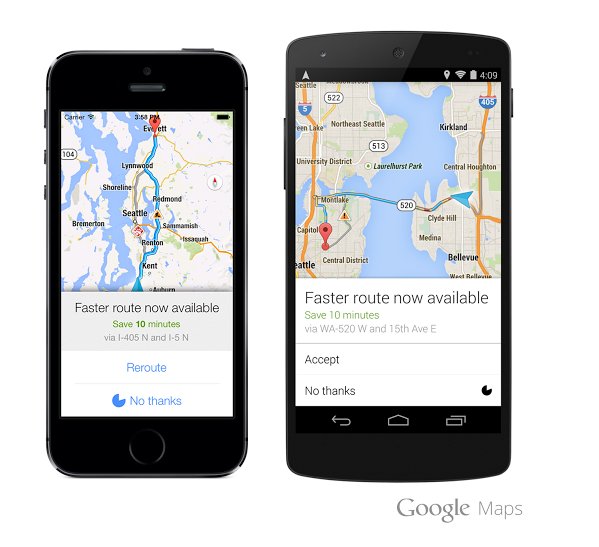
If you want to add a bit of flair to the device you can get vibrant coloured Surface Pro Signature keyboards that double up as a cover when attached to the device. Neither of these are particularly showy, they’re simple and sleek which is fine. The Pro 8 comes in two colours, Platinum and Graphite. It’s easy to have the Pro 8 free standing in both portrait and landscape orientations and repositioning it was a breeze. It’s quite hard to open up, requiring ample fingernails, but it’s solid and sturdy. I particularly liked the stand that’s built into the back. Functional and comfortable to hold, the Surface Pro 8 finds a happy medium between being a big tablet, and a small laptop. Neither of these dimensions are a burden though. It’s quite heavy at 891g, and it’s big, measuring 287mm x 208mm x 9.3mm. When picking up the Surface Pro 8 I instantly noticed its size and weight. It does have some minor inconveniences in regards to its ports but overall, I loved it’s design. The Surface Pro 8’s design is functional, sturdy and good-looking. Our review device had an Intel Core i7-1185G7 and 16GB RAM. With the keyboard included, the best version of the Surface Pro 8 is now over $4,000 and that’s ridiculous. These prices also don’t take into consideration the must-have Surface Pro Signature Keyboard which costs $300, or $480 with the Surface Slim Pen 2. Dell’s max spec XPS 13, 2-in-1 costs $2,757 with an Intel Core i7, 16GB RAM and a 512GB SSD harddrive. With the different configurations, it’s quite hard to compare it to other 2-in-1s, however if you want the very best Microsoft has to offer with the Surface Pro 8, you’ll need to cough up a whopping $3,819. There’s a lot of options here, but the key thing to take away from this is the Surface Pro 8 is expensive.

The Surface Pro 8 comes in a variety of different configurations.


 0 kommentar(er)
0 kommentar(er)
